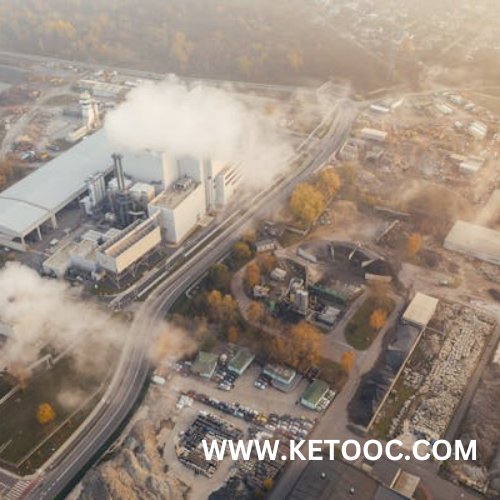Climate change refers to the general scope of changes seen within Earth’s climate on a local, regional, and global scale. It would also involve the effects these have on the environment. Recently, climate change has become closely associated with changes driven principally by human activity since the pre-Industrial era, or about 1850. These changes include two main drivers: the combustion of fossil fuels and deforestation, which are forcing the rapid rise in atmospheric carbon dioxide levels.
Contents
Global Warming versus Climate Change
Global warming is often addressed, and at times perceived as similar to, climate change. The reason for such a view is that it constitutes the most key symptom of global climate changes. It specifically refers to a rise in average global temperatures; consequently, this increase has widespread ramifications for humans, wildlife, and ecosystems. However, climate change incorporates more extensive reach in effects than just rising temperatures. Consequently, these activities are identified as the primary drivers of climate change.
Also visit: SECP Reports: Only Four Companies Offering Digital Insurance Sales in Pakistan
Increasing Carbon Dioxide Levels
The atmospheric concentration of carbon dioxide has significantly increased, rising from approximately 280 parts per million (ppm) at the time of the Industrial Revolution to around 413 ppm in early 2020. Therefore, scientists believe that this concentration must be reduced to about 350 ppm to mitigate global warming by the end of this century.
BACKGROUND AND MAJOR AUTHORS Climate Change
The Function of Fossil Fuels
Currently, fossil fuels including coal, oil and natural gas, make up about 81% of the world’s primary supply of energy. From these fuels, carbon emissions are formed, not only during mining and manufacturing but also during use. The burning of these fuels continues to pose one of the major dilemmas with respect to cutting down on greenhouse gases, yet energy demand is rising globally.
Why a 1.5°C Rise Matters
Impacts at different scales
Disproportionate Impacts Climate Change
Need for Urgency in Solving Climate Change
Steps that Need to be Taken Immediately
To effectively combat climate change, urgent actions at a significant scale in various segments are needed as part of a mitigation strategy. This will involve shifting toward renewable energy sources, especially solar and wind, in order to decrease reliance on fossil fuels. Increased efficiency in buildings, transportation, and industry would also go a long way in cutting down carbon emissions.
International Agreements and Goals
International efforts, therefore, to reduce greenhouse gas emissions and mitigate global warming have been directed towards international treaties, such as the Paris Agreement. Specifically, this agreement outlines the necessary reductions in greenhouse gases and establishes binding commitments. The feasibility of these targets would require concordant global action and huge investments in sustainable technologies and practices.
Community and Policy Engagement Climate Change
Moreover, local communities and policymakers play the most crucial role in the fight against climate change. Consequently, these measures stimulate both businesses and individuals to adopt more sustainable practices. In addition, raising awareness and educating the public about climate change is crucial for a strong collective response. Consequently, public engagement becomes essential for translating theoretical commitments into concrete actions. As a result, this engagement ultimately leads to more effective decisions on climate change.
Conclusion
Climate change is still the great scourge of our modern era, holding possible consequences for the environment, human societies, and the ecosystems of our world. It genuinely requires a multi-faceted approach to technological innovation, policy change, community engagement, and global cooperation. Decisive action now can help us work towards stabilizing climate, protecting vulnerable communities, and securing a safe and decent future for coming generations.
